Detailed Report On Shoes Manufacturing
Shoes manufacturing is the process of crafting footwear, from design to production. It caters to fashion, sports, and practical needs, creating a wide range of footwear styles for consumers across the globe.
Introduction
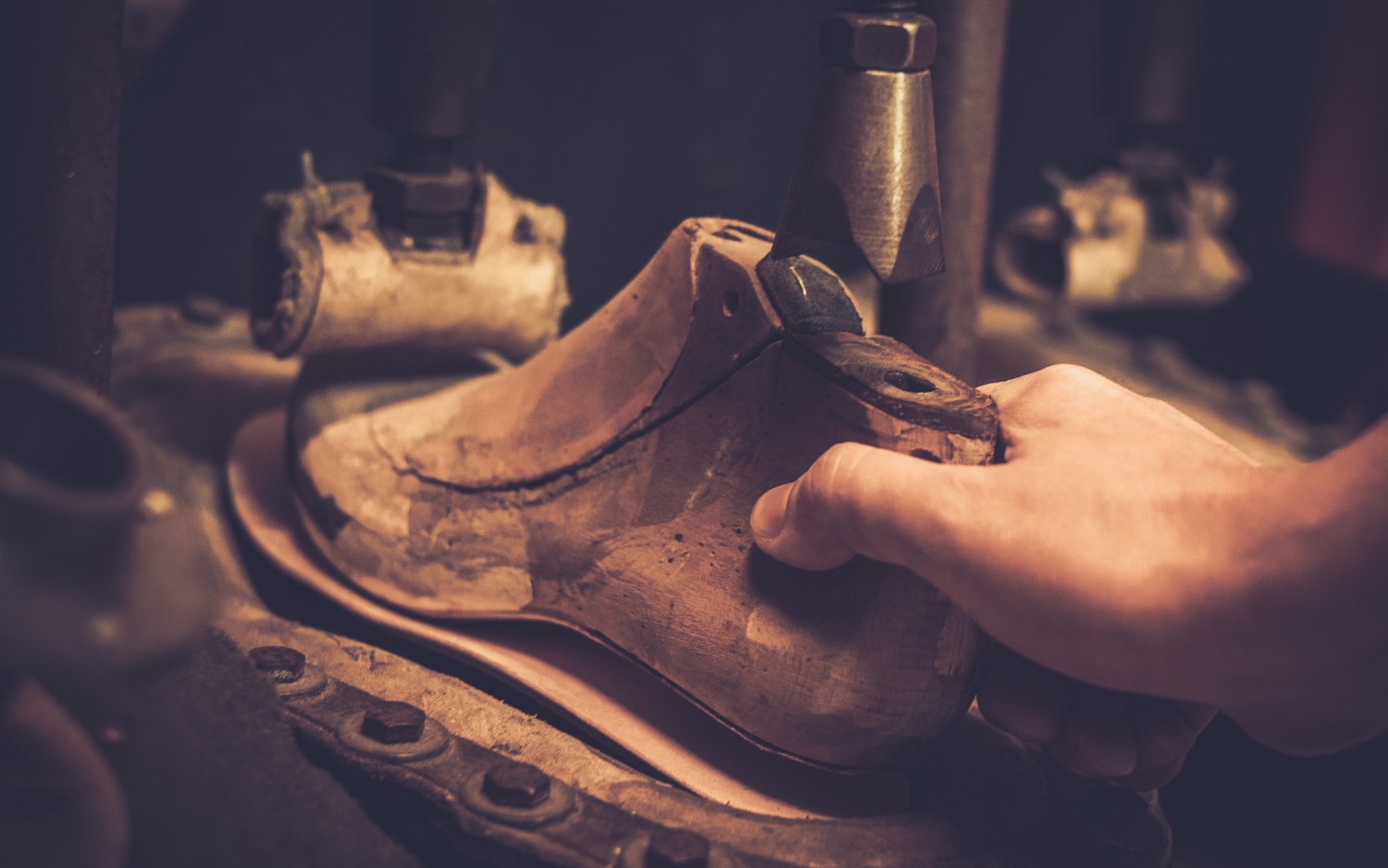
Detailed Report on Shoes Manufacturing is as follows.
A shoe is a type of footwear that is designed to protect and comfort the human foot. They are typically worn with socks. Shoes are frequently used for decoration and fashion. Shoes have changed considerably throughout time and across cultures, with shape originally being associated with function. Though the human foot can adapt to a variety of terrains and climates, it is nevertheless vulnerable to environmental hazards such as sharp pebbles and temperature swings, which shoes protect against. Steel-toe boots, for example, are used as safety equipment on industrial job sites.
Furthermore, many design aspects, such as whether shoes have very high or flat heels, have frequently been decided by fashion. Modern footwear varies tremendously in terms of appearance, complexity, and expense. Simple sandals with a thin sole and a simple strap may be acquired for a reasonable price. High fashion shoes by famous designers may be constructed of premium materials, have complicated construction, and sell for exorbitant prices.
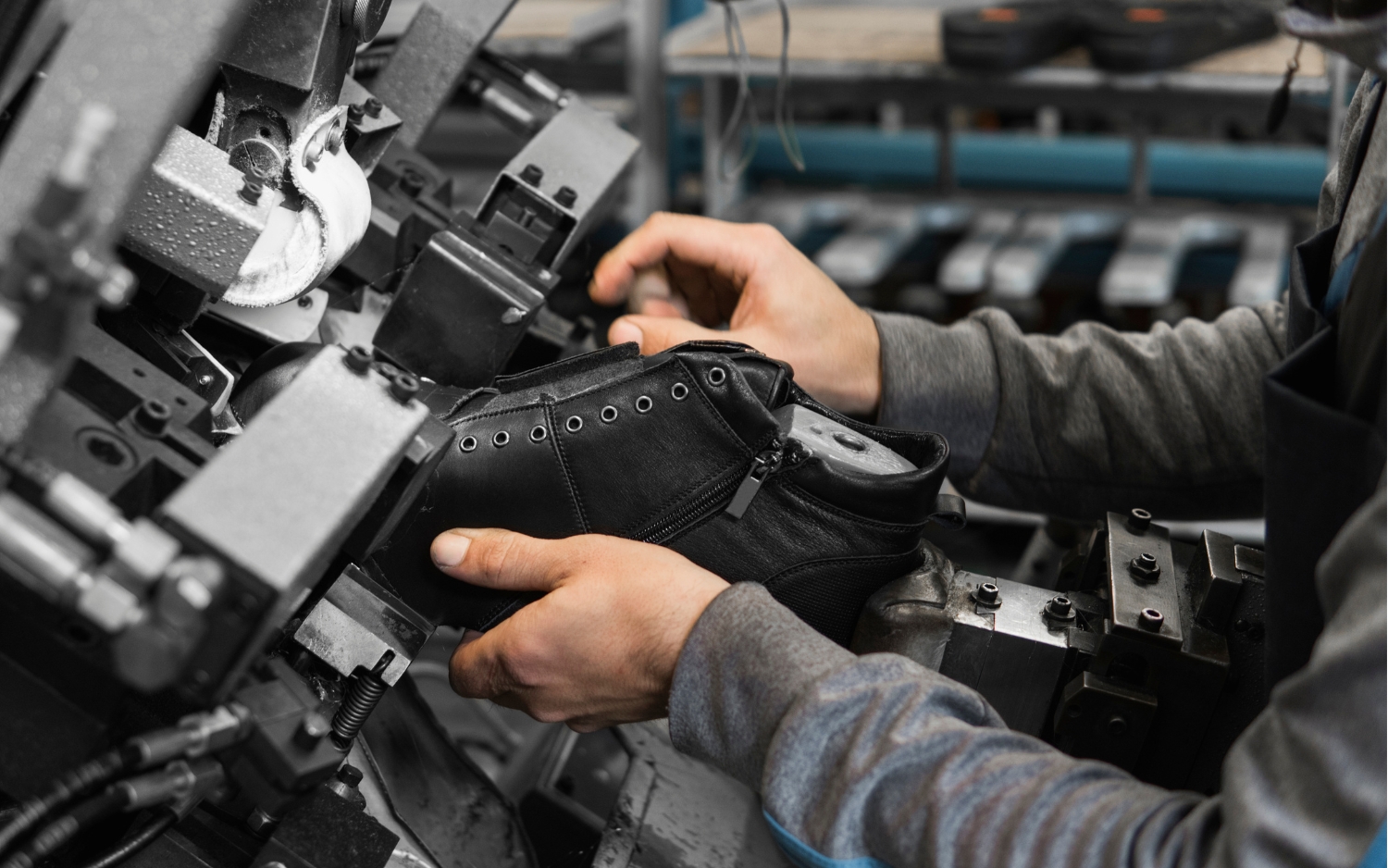
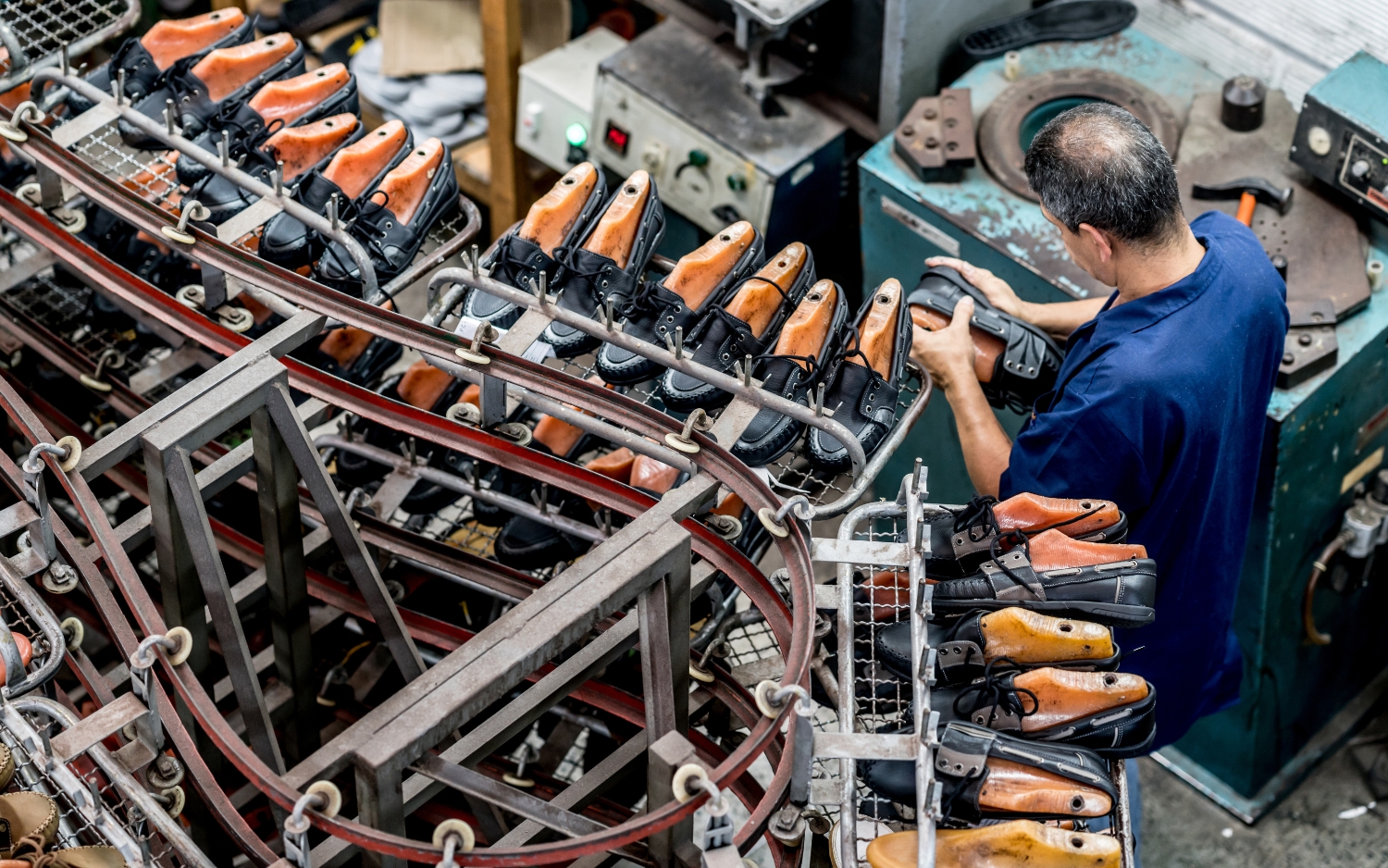
Some shoes are designed for specialized uses, such as climbing or skiing boots, while others, such as trainers, have developed from a special purpose sports shoe to a general use shoe. Shoes were traditionally made of leather, wood, or canvas, but they are now increasingly composed of rubber, plastics, and other petrochemical-derived materials.
Shoe manufacturing is the process of generating footwear in a range of styles and designs for a number of applications. It is divided into many stages, beginning with design and pattern development and proceeding to material selection and procurement. To create the chosen materials, which might be leather, rubber, cloth, or synthetics, cutting machines are employed.
Following that, skilled workers stitch or glue the components together to form the shoe’s upper, midsole, and outsole. Quality inspections are performed on the shoes to ensure that they meet the specifications. After that, the shoes are packaged and ready for shipment to retailers or customers. The shoe manufacturing industry is always researching innovations in materials, production techniques, and sustainable practices in order to meet customer wants and fashion trends while offering pleasant and durable footwear.
Detailed Report Sample On Shoes Manufacturing
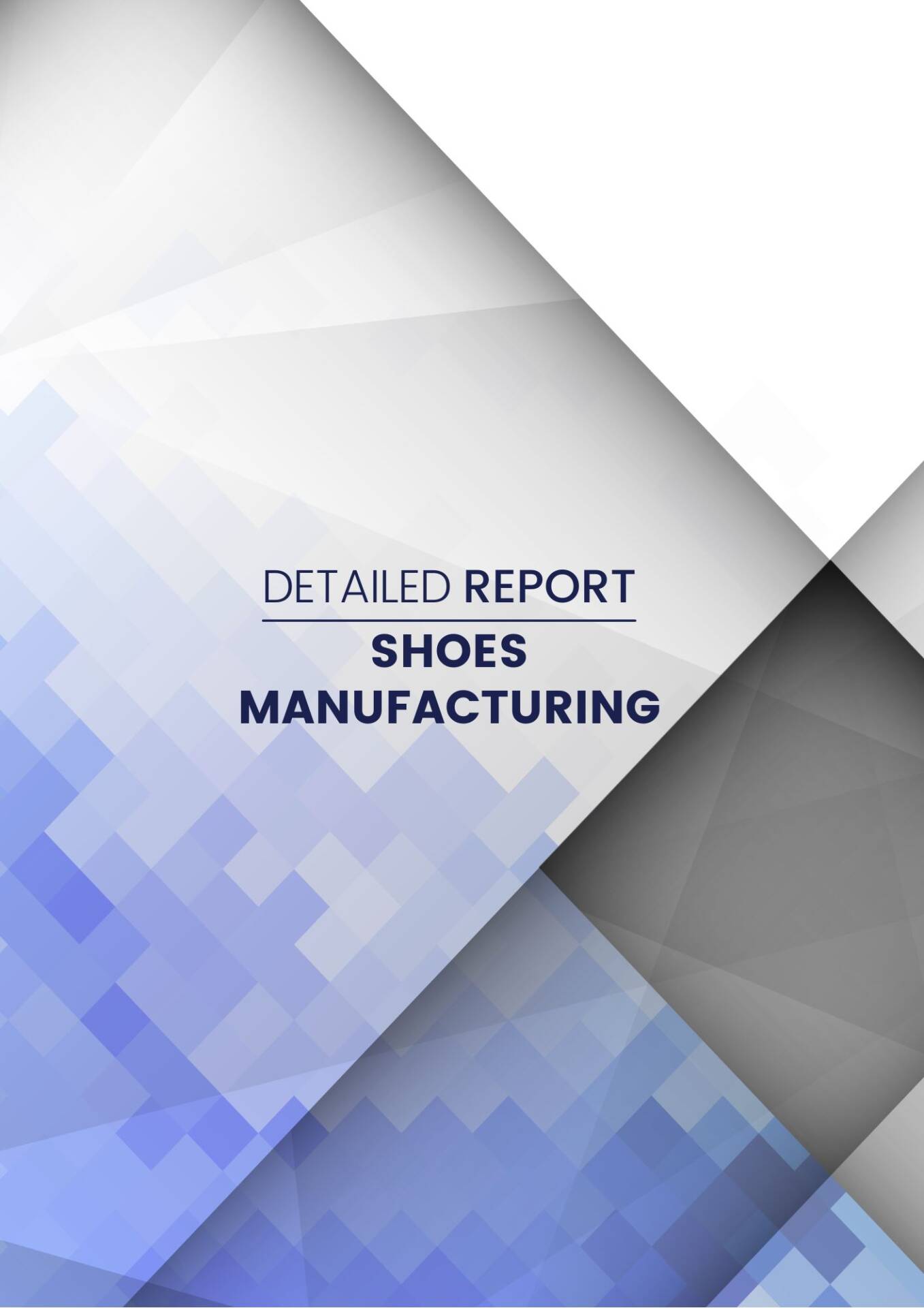


Market Potential Of Shoes Manufacturing
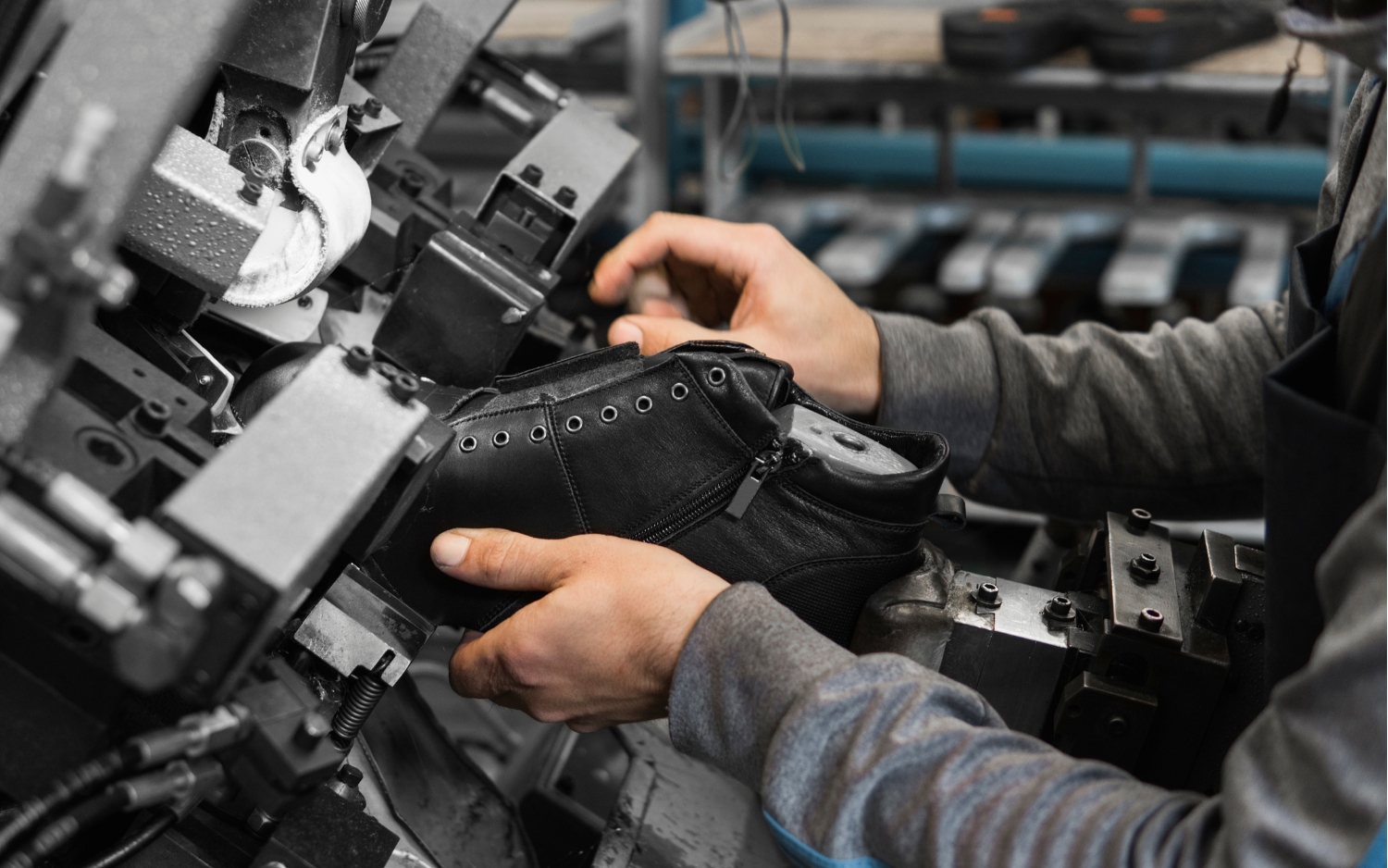
The global footwear industry was valued at $409.5 billion in 2022 and is predicted to be valued at $725.1 billion by 2032, growing at a 5.9% CAGR from 2023 to 2032.
The shoe manufacturing industry has long been a significant player in the global economy, and its future prospects are promising. This industry produces footwear ranging from casual shoes to high-end luxury brands, serving a diverse spectrum of consumer interests and demographics. As the world’s population grows, so does the consumer base of the shoe manufacturing business. Urbanisation, particularly in developing nations, is driving up demand for shoes as more people move from rural to urban areas. As urban lives become more prevalent, there is a greater need for a diverse selection of footwear to serve a number of functions, such as formal wear, casual shoes, sports footwear, and specialized items for certain activities.
The growing number of working professionals has increased demand for both formal and casual shoes. Furthermore, women’s shifting interests and greater fashion consciousness have raised demand for the non athletic footwear market. The non-athletic footwear industry is dominated by a varied range of footwear, including sandals, heels, and wedges. The increased demand for footwear among youngsters, particularly flip-flops, sandals, and boots, adds to the worldwide market’s rise. Furthermore, an increase in the number of working professionals, along with an increase in fashion consciousness and the desire to seem attractive and stylish, aided the overall expansion of the non athletic footwear industry.
One of the primary drivers of the shoe manufacturing industry’s growth is its ever-expanding consumer base. Men, women, and children of all ages are among the clientele served by the footwear business. Furthermore, with the rise of e-commerce, manufacturers may now contact consumers all over the world, offering them a larger market reach and more opportunities for personalisation.
Contents of Project Report
A project report helps you identify whether a project is worth pursuing. It presents the holistic view and brings complete insight of the business and its activity.
It acts as a guide for all the business operations, aids in taking all financial decisions related to the existing businesses and to the start-ups. It serves as roadmap to the business and provides information to the outsider who are wanting to know more about the business.
You will have the opportunity to build new goals and expansion ideas in one single document. Everyone, from the banks to potential investors, will need to have a look at the project report before they shell out any money.
A well drafted project report generally consists details about:
- Brief History of the Business
- The Promoters
- SWOT Analysis
- Industry Outlook
- Past Financial Statements
- Projected Financial Statements
- Infrastructure and Human Resource required
- CMA data
- Business model
- Requirement of Working Capital Funds
- Means of Finance
Other relevant information, if any.
